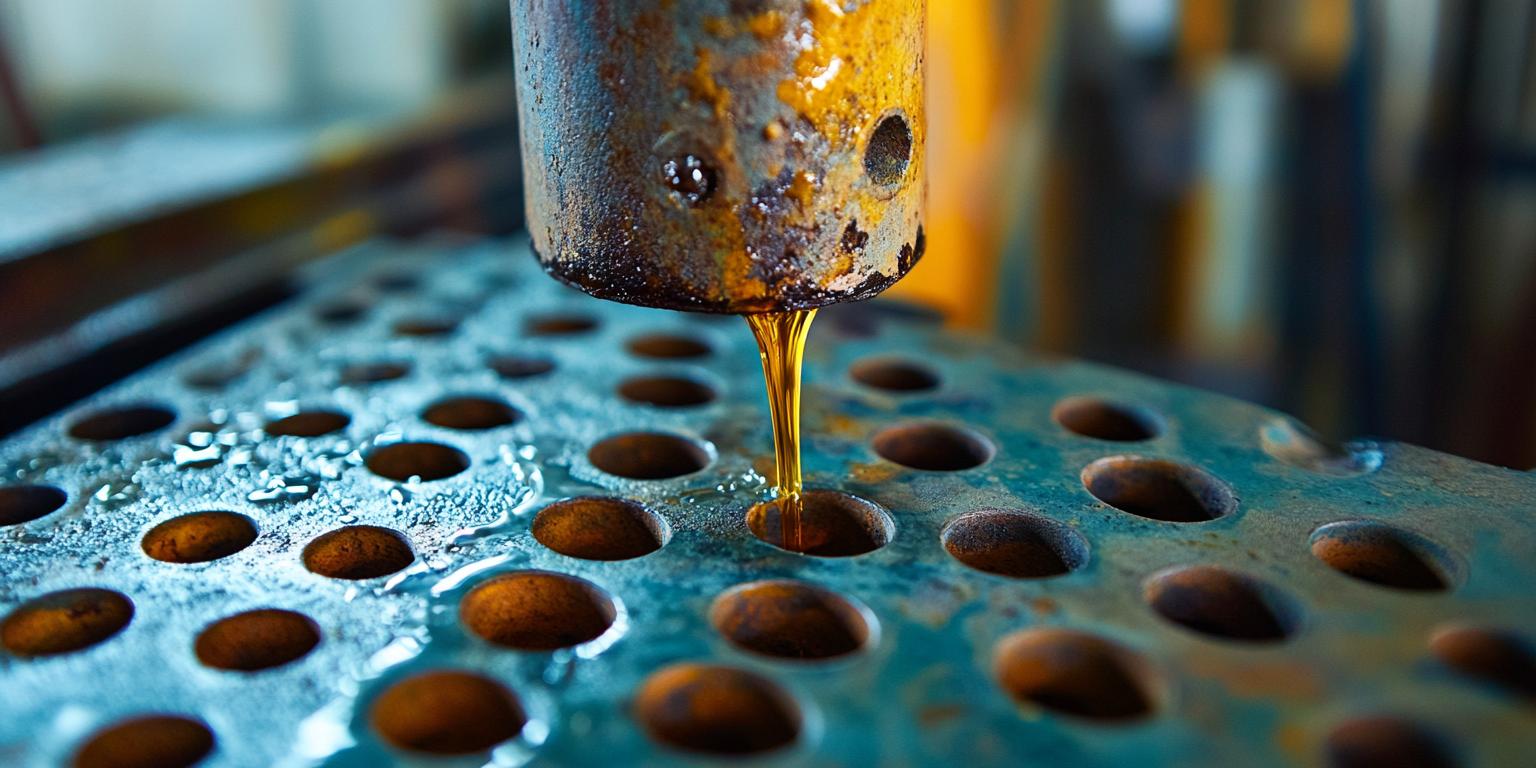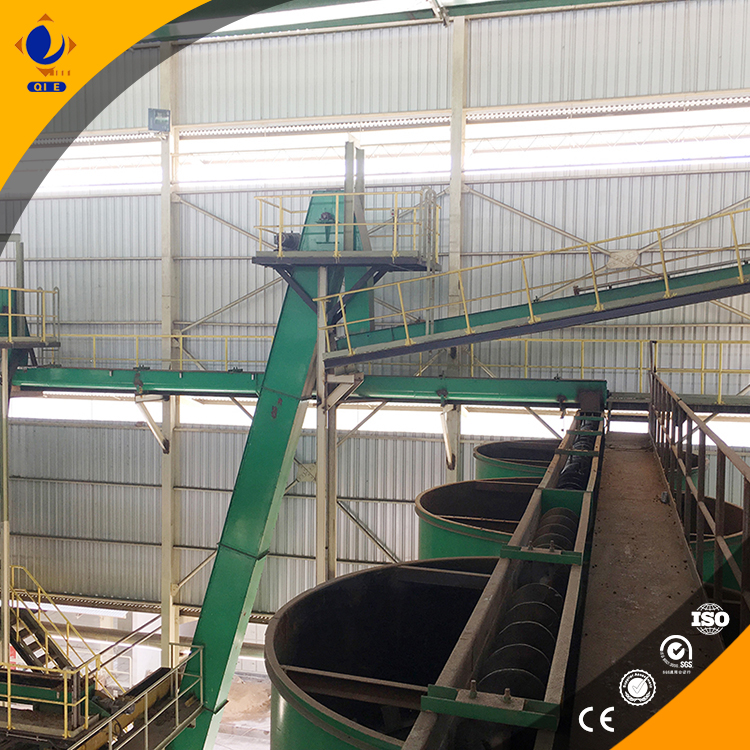
You're probably aware that the pre - treatment of oilseeds before pressing is a critical step that determines the efficiency of your ZY24 (202 - 3) screw oil press and the quality of the extracted oil. Let's dive into the whole pre - treatment process, from raw material cleaning to tempering, with practical tips and real - world examples.
Cleaning the raw oilseeds is the first and most important step. Impurities such as stones, dust, and stems can cause serious problems. For instance, they can block the press chamber, leading to increased wear and tear on the machine and reduced efficiency. In fact, studies show that proper cleaning can increase the overall lifespan of your oil press by up to 20% and improve the initial oil extraction rate by about 2 - 3%.
Here's a comparison table of common cleaning methods and their effectiveness:
| Cleaning Method | Effectiveness | Suitability for Different Oilseeds |
|---|---|---|
| Screening | High for removing large impurities | All oilseeds |
| Air Separation | Good for removing light impurities | Peanuts, rapeseeds |
| Magnetic Separation | Effective for removing iron - containing impurities | All oilseeds |

The particle size after crushing significantly affects the subsequent steam - roasting process. If the particles are too large, the steam - roasting will be uneven, and the oil extraction rate will be low. On the other hand, if the particles are too small, they may form a dense mass, also reducing the steam penetration and oil yield.
For example, when crushing peanuts, the ideal particle size should be around 2 - 3 mm. Adjusting the crusher settings according to the type of oilseeds can improve the steam - roasting efficiency by about 15 - 20% and increase the overall oil extraction rate by 1 - 2%.
Steam - roasting is a crucial step where temperature and time control are of utmost importance. Different oilseeds have different requirements. Take peanuts as an example. When the temperature reaches about 120 - 130°C and lasts for 20 - 30 minutes, the peanut proteins start to denature, which is beneficial for oil extraction. Over - roasting or under - roasting can lead to a significant decrease in oil yield and quality.

Here's a quick reference table for steam - roasting parameters of common oilseeds:
| Oilseed Type | Temperature (°C) | Time (minutes) |
|---|---|---|
| Peanuts | 120 - 130 | 20 - 30 |
| Rapeseeds | 110 - 120 | 15 - 25 |
| Cottonseeds | 100 - 110 | 25 - 35 |
Tempering is about adjusting the moisture content and ensuring uniformity. The right moisture content can improve the plasticity of the oilseeds, making it easier to extract oil. For most oilseeds, the ideal moisture content after tempering is around 8 - 12%. Controlling the moisture and uniformity can increase the oil extraction rate by another 1 - 2%.

Let's look at some real - world examples. A small - scale oil processing plant used to have a low oil extraction rate of about 35%. After strictly following the pre - treatment process we've discussed, they managed to increase the extraction rate to 40%, which is a significant improvement. Another plant reduced their machine breakdowns by 30% after proper pre - treatment, saving a lot on maintenance costs.
To help you with your operations, we've prepared a pre - treatment checklist template and some operation video fragments. Make sure to follow these steps, and you'll be on your way to making every single oilseed count, reducing waste, and increasing your profit margins.
Do you have any experiences or questions about oilseed pre - treatment? Share them in the comments below! And if you want to learn more about optimizing your ZY24 (202 - 3) screw oil press operations, click here for more in - depth resources.

